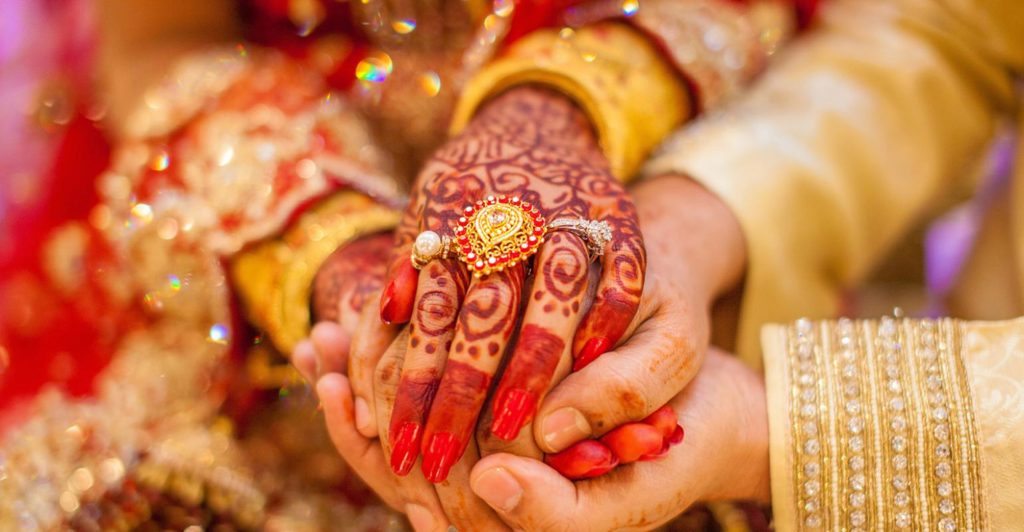This is the moment you’ve been building up to for weeks or even months. You have the perfect team, a great event agenda, and – judging by the ticket sales – lots of guests showing up. You now have to make sure that the day of the event lives up to the hype. After all, you want the event to do justice to all of that planning and organising.
This article aims to provide a checklist on how to successful host any event.
Prep the Venue
Before anyone shows up, you’ll want to have your venue set up and get ready to welcome the guests. Ideally, you shouldn’t have to run around getting the last things in place in the middle of the event. Arrive early with your team and get the venue ready. For example, you will want to place the furniture (registration tables, sitting arrangements, and so on), check that all IT, audio, and video equipment is functioning, prepare the stage and any props your speakers or performers might need, double-check your safety & security arrangements (first aid kits are in place, fire escapes aren’t blocked, etc.) and more.
If you have a team of volunteers helping you out, make sure they’re briefed on their assigned duties and know the layout of the place. Do a final walk through the venue shortly before the first guests or performers are due to arrive to catch anything you might have missed.
Accommodate your performers / speakers
If your event relies on any performers or speakers, make sure you have people taking care of welcoming them and attending to their needs. You don’t want them hungry, thirsty, or confused about their roles in the event. In many cases, you’ll get a prep list from these performers with “must have” equipment, props, and other requirements. Go through the list and check that you have everything they might need. If you haven’t met then in person before, make sure to introduce yourself. You want to show your appreciation and make yourself approachable in case they have any questions or feedback during the event.
Take care of guest registration
You should have a team of people manning the doors to take care of things like registering new arrivals, scanning their tickets, serving welcome drinks, handing out name tags, and so on. Check that your barcode or QR scanners are set up properly. If you’re using an event platform that offers a free ticket scanning app, make sure that the relevant members of your team have the app installed in advance. It’s a good idea to do a few test scans and check that everything is working as intended.
If you’ve printed out a guest list and are crossing people off by hand, keep track of how many have showed up and adjust your staffing accordingly.
Help guests navigate
Have you ever arrived to an event and ended up roaming around the building to look for the entrance? Then you know just how frustrating that is. Don’t ever put your guests in the same situation. This is your chance to make a good first impression instead of starting off on the wrong foot. Make sure there are sufficient signs around the venue and that the paths are clearly marked. If your event has reserved seating, check that every row and seat are clearly marked and easy to read. It’s best to have at least a few volunteers be exclusively responsible for helping guests navigate your venue. Make sure they are easily identifiable via unique uniform, special badges, and so on.
Encourage participation
You didn’t work so hard on getting everyone here only to have your guests become bored and quickly lose interest. The last thing you want is them being glued to their phones or checking their watches. If it’s a conference or speaker-focused even, the program should be built around audience participation. Your speakers might consider a Q&A session at the end of their speech and maybe incorporate interactive quizzes into their presentations. If it’s a casual event, try to arrange for an ice-breaker game or a friendly competition among your guests. Prepare some areas with activities they can engage in on their own time while walking around the venue.
Don’t forget your virtual participants, either. You can consider live streaming your event on Facebook or even go high-tech and jump on the virtual reality bandwagon and let people “attend” your event from a remote location.
Keep track of time
Most events will involve at least a few time-sensitive activities and deadlines. Your speakers probably have an allotted time slot. Your DJ might need to take the stage at exactly 11PM. Food and drinks should be served at a certain time. And so on. On top of that, many venues, like Sandown Regency Function Centre, will have a hard deadline for when your event should wrap up. You definitely don’t want to be rushing through the later parts of your agenda in order to hit this curfew.
Making things run on time without disrupting the flow of the day might be tricky, so it’s best to have a good plan for how to communicate the deadlines and timing to all participants.
Be the last to leave
Once it’s all over, it’s on you to close down and tie up any outstanding tasks, like making sure that your speakers and performers have no grievances and receive all the attention they need to wrap up (help with equipment, transportation, etc.) or settling any practical and financial issues with the venue representatives, catering, and any other vendors you may have hired and working with your crew to clean up and dismantle any physical equipment, sponsorship banners, signage, etc. Unless your contract specifies otherwise, you should be leaving your venue in the same condition it was in when you first arrived.
Once everything is in order, ensure to reward your team and volunteers for a job well done. Maybe consider a small celebration to mark the successfully completed event. Make arrangements for everyone to get home. Guess what? You did it! All that planning, administration, and stressful days of last-minute preparations have resulted in a memorable event. Pat yourself on the back.






